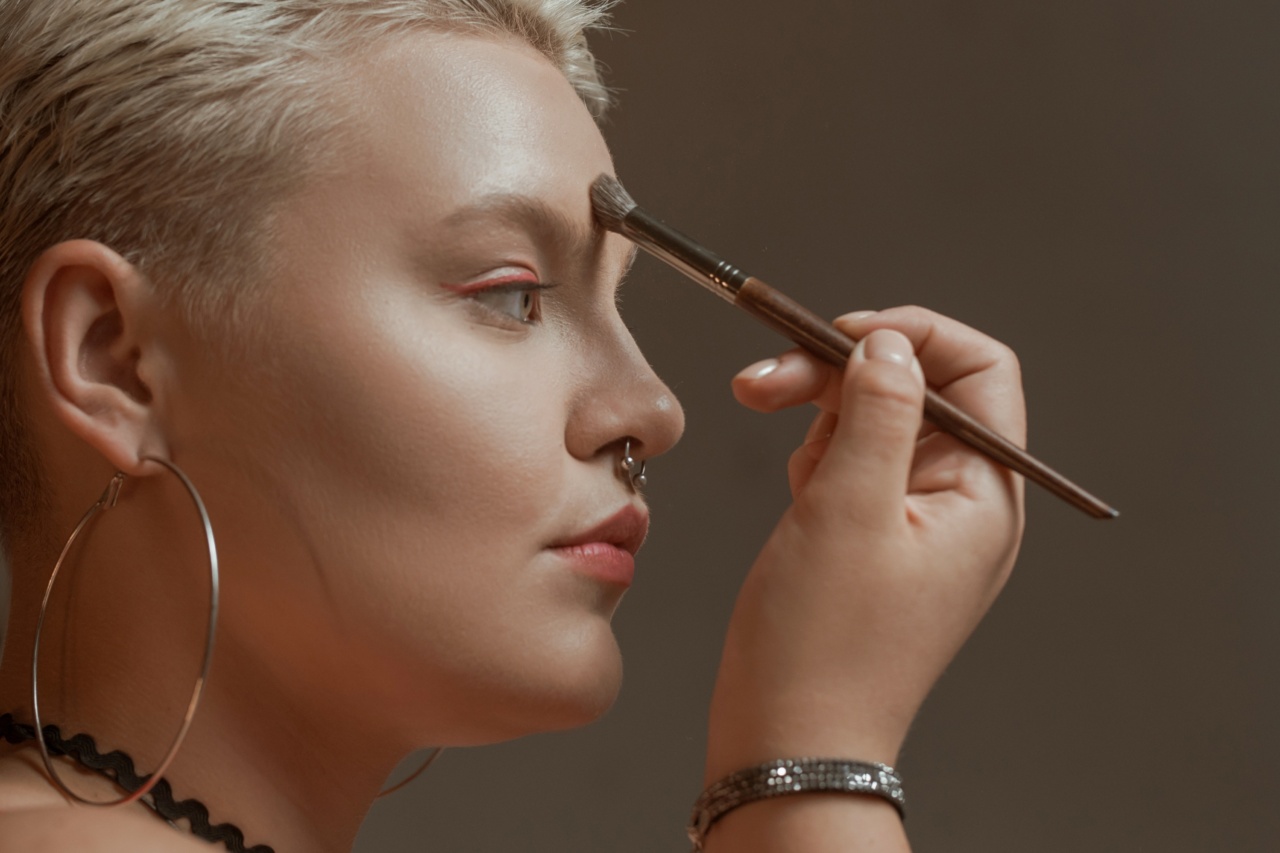Eye blush, also known as eye redness or bloodshot eyes, can be a bothersome condition that not only affects your appearance but also indicates an underlying issue with your eyes or overall health.
In this article, we will explore the top causes of eye blush and provide effective ways to get rid of it.
1. Allergies
Allergies, such as hay fever or allergic conjunctivitis, are a common cause of eye blush. When your eyes come into contact with allergens like pollen, dust mites, or pet dander, they may become irritated and red.
Prevention strategies include avoiding known allergens, using air purifiers, and wearing sunglasses to protect your eyes.
2. Dry Eyes
Dry eyes occur when your tear glands don’t produce enough tears to keep your eyes properly lubricated. This can lead to eye redness and discomfort.
To alleviate this, you can try using artificial tear drops or ointments to keep your eyes moisturized. Additionally, taking regular breaks from activities that strain your eyes, such as computer work, and using a humidifier in dry environments can help prevent dry eyes.
3. Eye Infections
Eye infections, such as conjunctivitis or pink eye, can cause eye blush. These infections can be bacterial, viral, or caused by allergens.
It’s important to practice good hygiene, such as washing your hands frequently and avoiding touching your eyes, to prevent the spread of infections. Treatment may include prescribed eye drops or ointments, and in some cases, oral antibiotics.
4. Environmental Factors
Environmental factors can contribute to eye blush, especially if you’re exposed to irritants like smoke, chemicals, or air pollution. Protecting your eyes by wearing goggles or safety glasses in such environments can help reduce redness.
Additionally, using artificial tears to flush out any irritants and keeping indoor spaces well-ventilated can alleviate symptoms.
5. Eye Strain
Eye strain often occurs due to prolonged periods of focusing on one specific task, such as reading, driving, or using digital screens. This can cause eye redness, fatigue, and dryness.
To prevent eye strain, take regular breaks and practice the 20-20-20 rule: Every 20 minutes, look away from your screen and focus on an object 20 feet away for at least 20 seconds. Adjusting screen brightness and using proper lighting can also help.
6. Contact Lens Irritation
Wearing contact lenses, especially for extended periods, can lead to eye blush and discomfort. It’s important to follow proper hygiene practices, such as cleaning and disinfecting your lenses as directed, and using appropriate solutions.
If eye redness persists even after removing your lenses, it’s advisable to consult your eye care professional for further guidance.
7. Blepharitis
Blepharitis is a common condition characterized by inflammation of the eyelid margins. It can lead to eye redness, itchiness, and a gritty sensation in the eyes.
Regular eyelid hygiene, including gentle cleaning with warm water and a mild cleanser, can help manage blepharitis. In some cases, your doctor may prescribe antibiotics or steroid eye drops to reduce inflammation.
8. Eye Trauma or Injury
An injury or trauma to the eye can cause immediate redness and swelling. If you’ve experienced any form of eye injury, seek immediate medical attention.
Applying a cold compress and avoiding rubbing or putting pressure on the affected eye can help minimize symptoms until you receive professional medical care.
9. Hormonal Changes
Hormonal changes, particularly in women, can contribute to eye blush. Fluctuations in hormone levels, such as during menstruation or pregnancy, can cause blood vessels in the eyes to dilate, leading to redness.
While hormonal changes cannot be prevented, using lubricating eye drops and cold compresses can provide relief.
10. Medical Conditions
Certain medical conditions, like high blood pressure, diabetes, or autoimmune disorders, can contribute to eye redness. If you have an underlying medical condition, it’s important to manage it effectively with the help of your healthcare provider.
This may involve medication, lifestyle changes, or specific treatments tailored to your condition.
Conclusion
Eye blush can be caused by various factors, including allergies, dry eyes, infections, environmental factors, eye strain, contact lens irritation, blepharitis, eye trauma or injury, hormonal changes, and certain medical conditions.
Identifying the underlying cause of eye blush is essential for effective treatment and prevention. By following the suggested strategies and seeking professional medical advice when necessary, you can alleviate eye redness and improve your overall eye health.






























